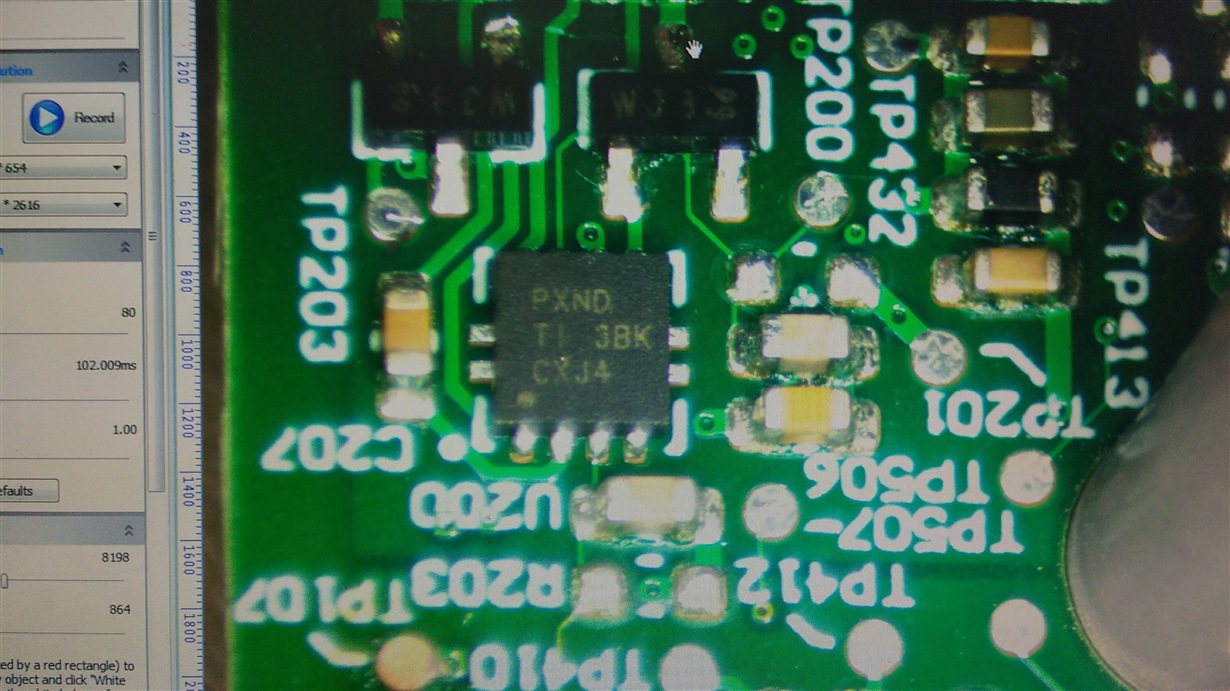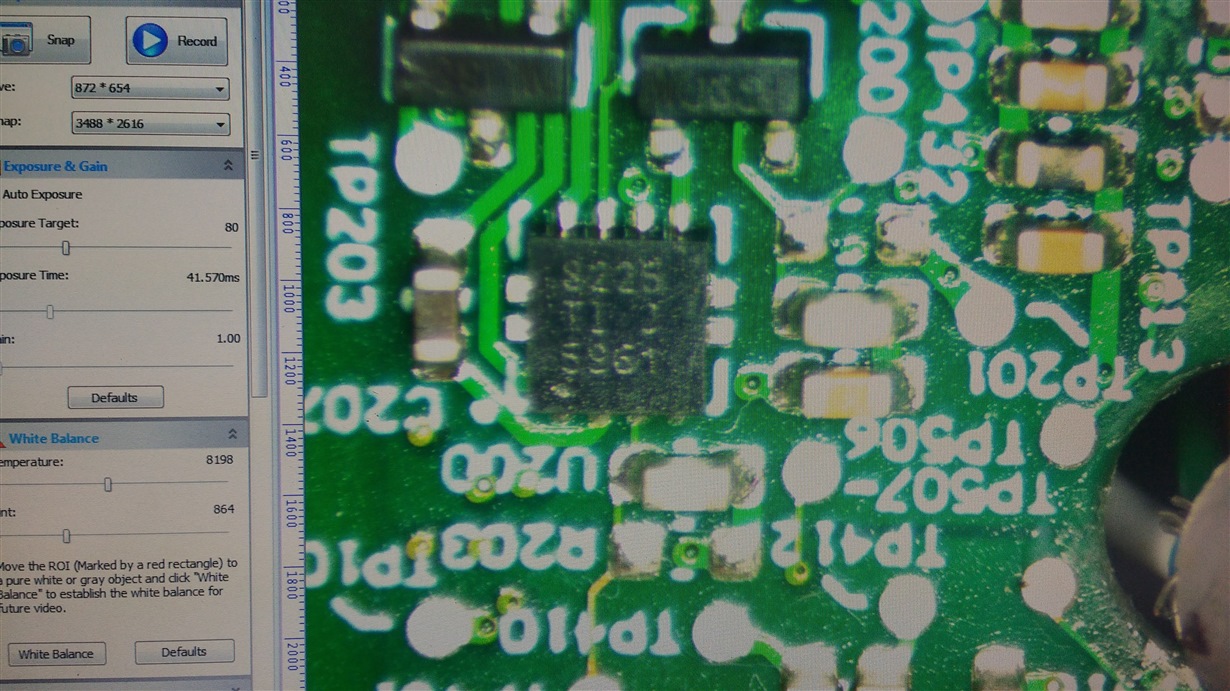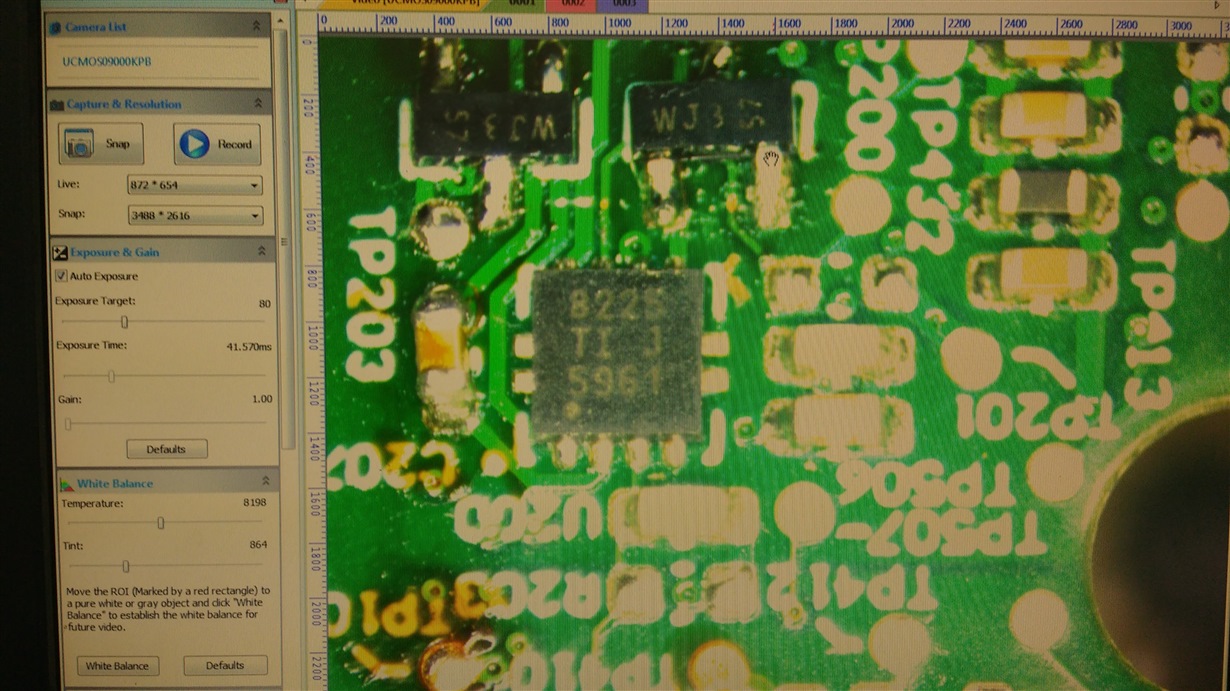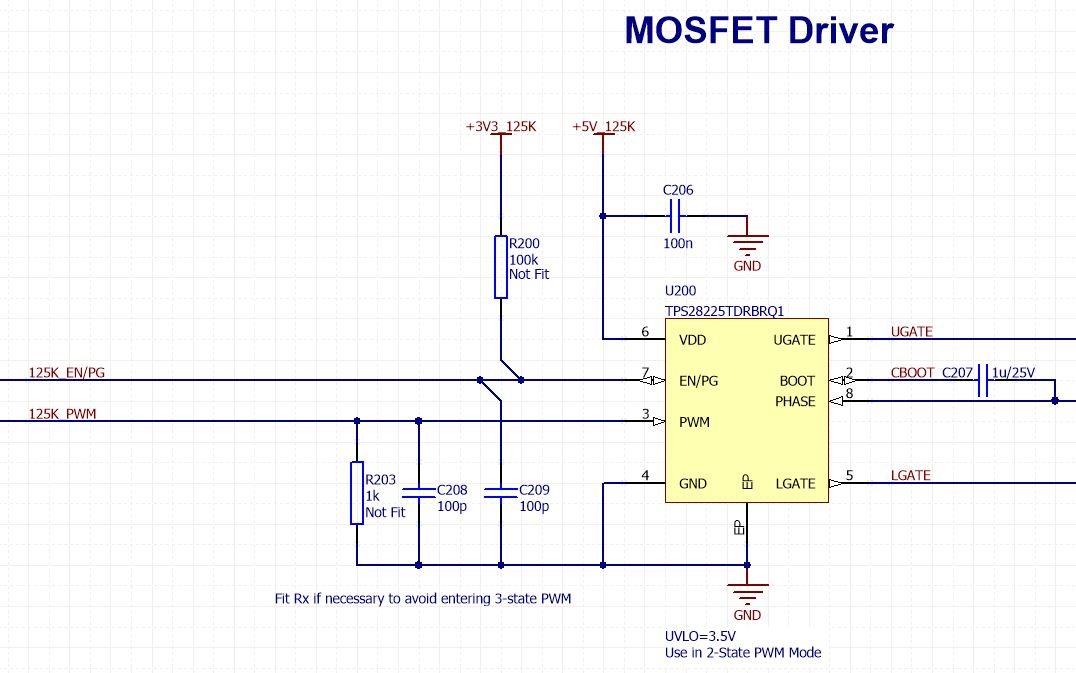Other Parts Discussed in Thread: TPS28225
Hi,
I'm having a strange issue with a TPS28225-Q1.
In my application, I am driving the part with a constant PWM at 125KHz and turning on and off the enable pin periodically every 100 ms approx. No issues with that.
After a requirement change, I decided to keep the enable on all the time (i.e. the part is being driven at 125KHz 100% of the time). When implemented these changes I started getting reports that our units were "locking", they would revive after power cycling them.
In the lab, I found one of the devices had its input signals as expected (PWM and ENABLE HIGH) but I had no output on the gate drivers.
To my surprise, I also found some strange marking on the QFN parts (marking should be PXND but it's something else).
1) Could you confirm these parts are genuine?
2) Is there an issue with leaving a part always on?
Thanks!





